Friends ask what I do when I go to Paris. “Do you go shopping?” Sure, there’s some of that. “Do you go to the museums?” Well yes, sometimes I do. But the real answer is, I just like to spend a couple of weeks living in Paris. You can be a tourist in Paris, or you can immerse yourself in the ambience of Paris. I choose the latter.
In my mind, I own an apartment in Paris. I speak fluent French. I spend my days with my computer, writing the next great blog or script or love story, and spend my evenings with good friends and good wine. My mind is my second-favorite place to live.
Living in Paris, even very temporarily, is sort of a visceral thing that’s hard to describe. But I’ll try.
The first step to living in Paris is, of course, to arrive in Paris. When you arrive by plane or train, you’ll be approached by men asking if you need a taxi. You do, of course, need a taxi, but in the words of Obiwan, these are not the droids you’re looking for. They are not with legitimate companies, will drive you in circles and insist you pay cash (they’ll gladly stop at an ATM for you, with the meter running). How do I know that? Do you really need to ask?
You knowingly walk past them with your nose in the air as any true Parisian would, and head for the taxi queue. Already you’re practically a native.
For a first visit to Paris, a hotel is a good option so you have the help of a concierge to get around. But to get a real sense of living in Paris, rent an apartment.
An apartment in the city is often tucked quietly behind a large door on the street among other shops and storefronts, with no real embellishment or pronouncement as to what’s inside, unlike our giant complexes with “Wayward Arms” or some such name plastered on the building. There is generally a central courtyard surrounded by several charming 18th or 19th century apartments. I get pleasure from simply unlocking the door and ducking inside (while any onlooking American tourists might be wondering “what’s behind that door?” – as I did on my first visit). It’s the little things.
On our most recent trip, we lived in a two bedroom apartment in the central Paris neighborhood of St. Germain in the 7th arrondissement, with a little private courtyard for enjoying morning coffee, a mid-day picnic, or an afternoon glass of wine. My daughter Regan and son-in-law Ryan joined us on this trip, making it feel even more like home and adding to my “living in Paris” illusion.
There are 20 arrondissements (boroughs) in Paris which spiral out from the center, shaped much like a snail, but it wasn’t always so. Back when Paris was smaller, consisting of only 12 arrondissements, the city was laid out pretty much left to right in rows. In 1860, the city annexed additional neighborhoods, placing a well-to-do neighborhood smack in the 13th. And that was a problem. Not only did it carry the stigma of being “unlucky 13”, but there was a common expression, “se marier à la mairie du 13e” or “married in the 13th”, meaning that a couple was living together outside of wedlock (since there were only 12 arrondissement). By laying out the arrondissements in a spiral, the 13th landed safely in a less-well-off sector (that either didn’t find it so objectionable or didn’t have the social and governmental “pull” to do much about it). But I digress.
Much like the aforementioned snail, days sort of “unroll” in Paris. The day begins with a quick walk to the boulangerie down the street (there always is one or two or twelve – just follow your nose and choose the one with the longest line) to pick up fresh croissants for breakfast and a baguette or two for later in the day. Remember to exchange friendly greetings with the shop keeper – we’re being Parisian you know, and nothing identifies you as an American more than just blurting out an order. Well, that and wearing gym shoes.
After a simple breakfast and a few hours’ work (yes, my work happily follows me wherever I go), we’re off to lunch, or pack a lunch to eat in the park, or just eat at home in the garden. Then most often we strike out on our Big Adventure du Jour, which may be high-brow shopping in Saint-Germain-des-Pres, low-brow shopping in Montmarte, a trip to Versailles or Monet’s home in Giverny, or just a walk around the city with café stops for people-watching. What we do isn’t really that important, because we’re enveloped in Paris wherever we go. Every street is a picture postcard. The shops and restaurants are welcoming and friendly. The people are beautiful and vibrant and full of joie de vivre.
Dinner happens late in Paris, because the days are so full that it isn’t even a thought until around 8:00. It may be a simple meal from groceries picked up at the local market (one shop kindly let us in after closing time), or a stop into any one of about 6 billion fine dining establishments. But let me tell you about one in particular.
We’d had a long afternoon visiting Monet’s home and gardens in Giverny, and we were tired and hungry. We were strolling back from the train when, only a few blocks away from our apartment, we stumbled upon L’Atelier de Joel Robuchon. Harps played and clouds parted.
Chef Joel Robuchon was born in Paris in 1945, and during his career amassed more Michelin stars than any other chef. He passed away just last year, but his legacy as Chef of the Century lives on in his restaurants located throughout the world from Las Vegas to Singapore.
We didn’t have reservations and weren’t particularly dressed for dinner at a 2 Michelin-starred restaurant, but we were warmly welcomed inside for dinner. And oh, what a dinner it was – 5 courses of impeccably prepared delicacies from amuse bouche to dessert.
Dinner might be followed by a walk along the Seine, a stop into a club such as Le Caveau de la Huchette for some Paris jazz and drink poured by a world-renowned bartender, or just curling up on the couch with Hemmingway and a cup of tea.So that’s what I do in Paris. Maybe it doesn’t appeal to everybody – that’s why there’s chocolate and vanilla. But if it appeals to you, maybe you should join me on my next trip.



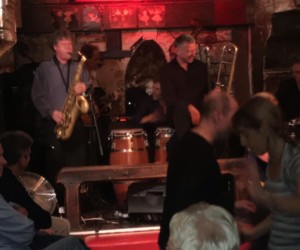
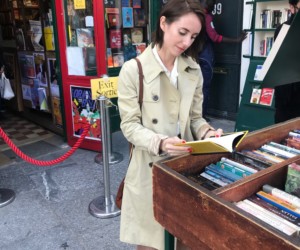

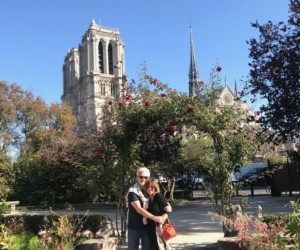
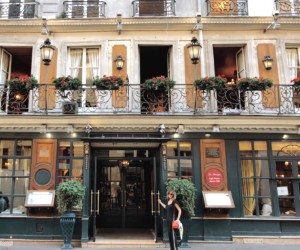
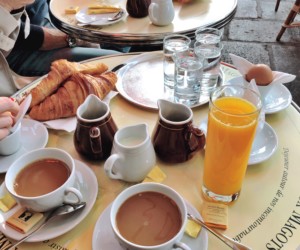

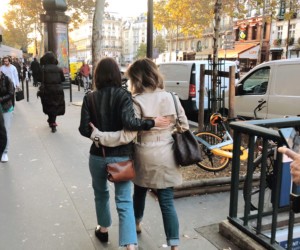
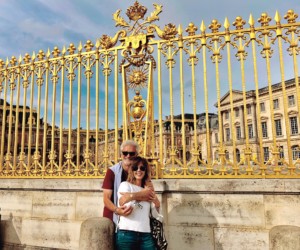
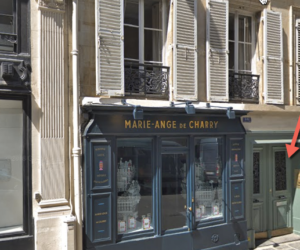
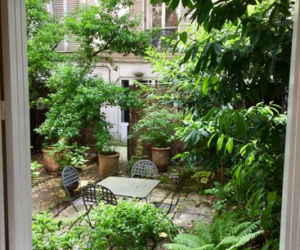


0 Comments